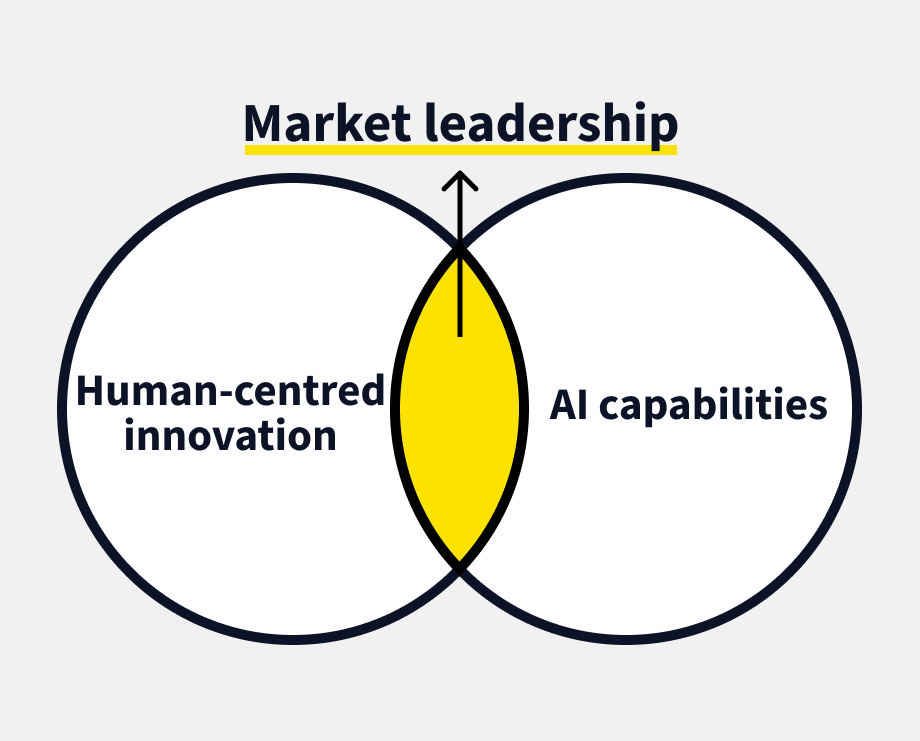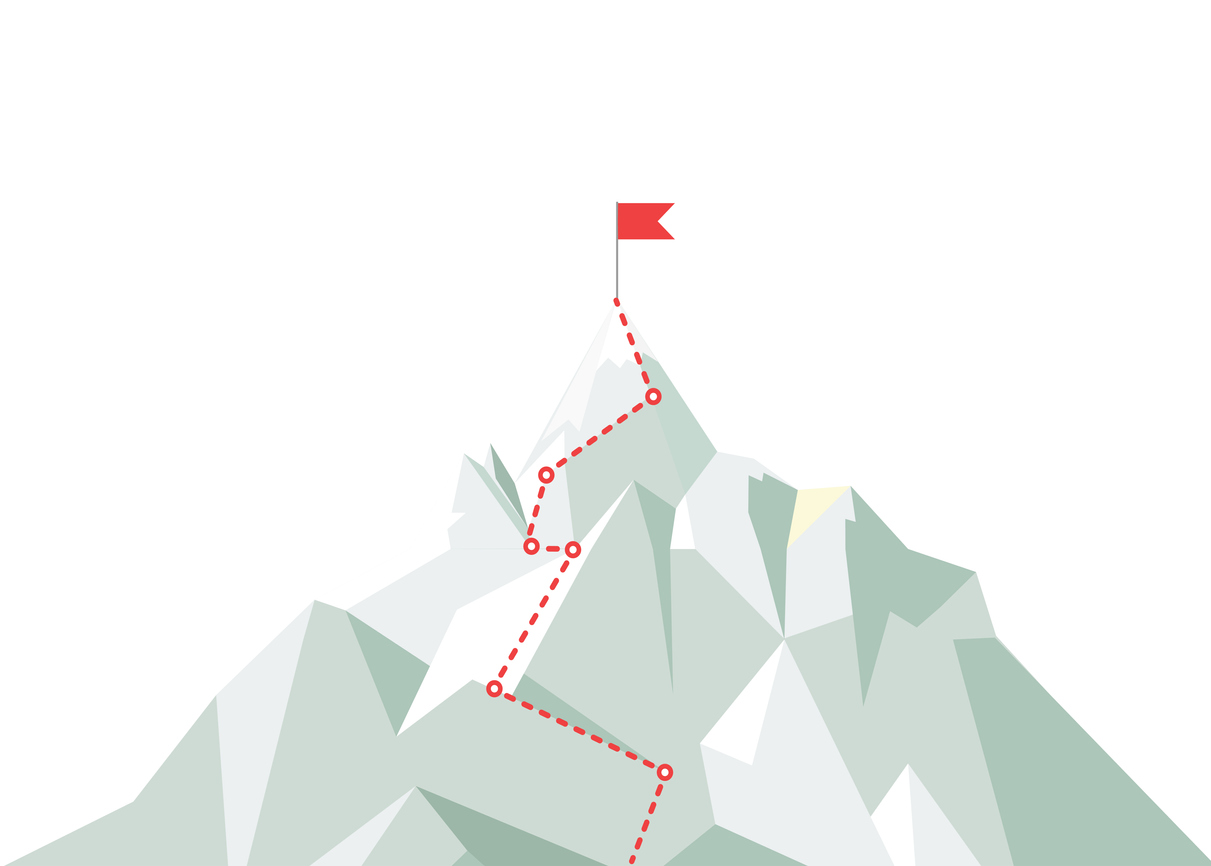We live in a time when AI tools are democratised, enabling people (including non‑technical builders) to launch digital products quickly. That means more disruptors, more noise, and razor‑thin margins. Established companies can no longer depend solely on the strength of their brand reputation or legacy to maintain market share or customer loyalty. To remain relevant, these incumbents must continually innovate, improve the customer experience, and deliver real value.
What’s emerging is a new kind of competitive battleground for software and app development where everything starts to look the same.
When technology is no longer a differentiator and with such low barriers to entry, how do you make your product stand out?
How will your product stay relevant?
In this new climate, the fundamental questions remain, but the urgency behind them has increased:
How do you ensure your product remains relevant while new generations of users and competitors emerge?
What truly sets your product apart? Is it your brand? Your customer experience? Your pricing model?
When the market is moving fast, how quickly can you test, learn, and adapt?
Are you building with confidence or making expensive bets on features that may never land?
And finally, what strategy are you using to compete? Are you aiming for cost leadership, differentiation advantage, or creating an entirely new space through a Blue Ocean strategy?
About strategy: Staying competitive in an oversaturated market
In today’s saturated markets, long-term success often hinges on selecting a strategy that aligns with your strengths and your customers’ needs. Here are three proven approaches to staying ahead:
Cost leadership
This involves becoming the lowest-cost provider in your space, often through scale, streamlined operations or smart tech investments. Cost leadership isn't about cutting costs in your business; it's about making strategic decisions to reduce or eliminate unnecessary steps in your service delivery. Think of how Ryanair keeps prices low by simplifying its services and operating a single aircraft model.
Differentiation advantage
This strategy is about standing out by offering unique value that competitors struggle to imitate. That could be a distinctive feature, exceptional usability, emotional appeal, or a stronger brand experience. Apple exemplifies this by combining thoughtful design, a seamless product ecosystem, outstanding customer service and consistent brand storytelling, making their devices feel more intuitive and desirable, even at a higher price point.
Blue Ocean strategy
The Blue Ocean strategy focuses on creating entirely new demand in an untapped space. It involves rethinking what customers value and identifying overlooked or emerging needs. By focusing on what customers truly value—and what they might not even know they need—you can unlock demand in unexpected places. A great example is Cirque du Soleil, which broke away from traditional circus formats by removing animals from their performances (which were a staple of traditional circuses) and merging theatre, music, and storytelling into their performances. This attracted a completely different audience and redefined the category itself.
Blue Ocean strategy is not about beating the competition, but making the competition irrelevant by changing the rules entirely.
Regardless of which path you take, one truth remains: start with the customer. Your product exists to solve their problems so your strategy should be shaped around their unmet needs, behaviours and expectations.
Zoom: a case study in customer-led innovation
During the pandemic, while tech giants such as Microsoft, Cisco, and Google battled for dominance in video conferencing, Zoom quietly emerged as the tool of choice for millions. Why?
Zoom didn’t win solely because of its technical superiority. It won because of its relentless focus on customer experience. In a time of crisis, it offered a slick, device-agnostic product that just worked, reducing the barriers to entry.
While others bloated their platforms with unnecessary features or focused on ecosystem lock-in, Zoom optimised for simplicity, quality, and performance. The core needs of people trying to connect under pressure.
But that was then. Today, Zoom’s advantage is no longer a given. Its technical lead has narrowed, and competitors have improved their usability. To stay ahead, Zoom must continue to research, adapt, and experiment, staying close to its users and identifying new opportunities to better serve them. That’s the ongoing challenge of innovation velocity.
Innovation velocity: test before you build
When markets change fast, you need to experiment quickly. That means designing and running multiple innovation experiments to understand what resonates with your users before committing to build.
Start with customer research. Identify real problems and test ideas through prototyping. Validate with real users. Measure impact. Then double down on what works. This saves time, money, and it accelerates your path to success.
The goal is to make your competition irrelevant.
Competitive advantage today for the vast majority of products isn’t just about being first with a new tech feature. It’s about identifying gaps, often nuanced ones, in how your industry serves customers. It’s about looking beyond your own category to find insights and opportunities others haven’t seen yet.
At Fruto, we help teams innovate at speed, uncovering what truly matters to customers and designing the experiences, brand, services and features that make your product stand out.
Ready to accelerate your innovation velocity and build a product that truly differentiates? Let’s talk. Fruto can help you make your competition irrelevant.





